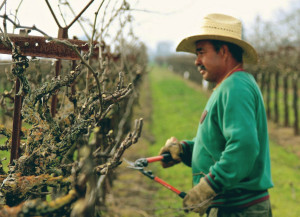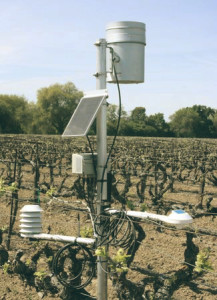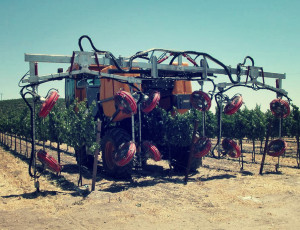![]() What I learned in The New Yorker, in an article titled “The Checklist” written by Atul Gawande, and published on December 10, 2007, was that a simple and effective technique for reducing human error is the checklist. Gawande later wrote an entire book on the subject entitled The Checklist Manifesto: How to Get Things Right.
What I learned in The New Yorker, in an article titled “The Checklist” written by Atul Gawande, and published on December 10, 2007, was that a simple and effective technique for reducing human error is the checklist. Gawande later wrote an entire book on the subject entitled The Checklist Manifesto: How to Get Things Right.
For many years I have said that the single best publication that a person can read in the English language is The New Yorker magazine. Time and time again I have learned about new ideas in The New Yorker before I heard about them anywhere else.
For example, it was in The New Yorker that I first heard about a search engine called “Google” long before it was common knowledge. It was in The New Yorker that I first learned that ulcers were caused by a bacterial infection rather than worry or stress. And it was in The New Yorker that I first learned about a powerful technique for reducing spray drift.
Although we often treat human error as an inevitable part of the human condition, the fact is that we know how to reduce human error almost to zero. Commercial aviation is the best example, with an error rate very close to zero. Although we occasionally hear about plane crashes, the number is astonishingly low considering that there are more than 100,000 commercial flights per day.
Another example is medicine. Although it is a highly error-prone field, when hospitals adopt the same technique that commercial aviation uses their error rate also drops to close to zero. The difference is that medicine has been much more resistant than commercial aviation to adopting the technique.
__________________________________________________________________________________
Spray Safe – The local venue for promoting the checklist
The local venue for promoting the use of the checklist to reduce spray drift is the annual Spray Safe meeting, which is being held this year on February 17, 2015 at the Robert J. Cabral Ag Center in Stockton. Similar meetings are also held in other counties throughout the state.
At the meeting every participant is given a copy of the Spray Safe checklist for preventing drift. There are informative speakers, lunch is served, and there is no charge for attending! All presentations are given in both English and Spanish.
If you have pre-registered for this year’s Spray Safe meeting, please be sure to attend. If you haven’t pre-registered, put it on your calendar for next year and you can pre-register at that time by contacting the San Joaquin County Farm Bureau.
__________________________________________________________________________________
The checklist has proven remarkably useful at reducing human error in many fields, and is now being used to reduce human error in the application of agricultural chemicals. The idea for this application of the checklist came from the Kern Drift Prevention Coalition which was founded as a result of several spray drift incidents in Kern County between 1999 and 2005. Here is the checklist that they came up with:
Think About the Consequences:
Have you thought through the consequences if drift occurs under the present conditions? Will you expose people or make them ill? Will you subject your company to an investigation? Will you or your company face lawsuits?
 Watch for Work Crews, Cars, Pedestrians and Others:
Watch for Work Crews, Cars, Pedestrians and Others:
Have you communicated effectively with your PCA, applicator and neighboring farmers? Are you aware of crops produced in the surrounding fields and the routines of neighboring field crews? Remember, attention should be given to harvesting crews, but also when there are only one to two workers in a neighboring field, cars are driving past the field or pedestrians are walking nearby.
Talk to Your Neighbors:
Have you checked with your neighboring farmers about an upcoming pesticide application? Do you have the names and phone numbers of neighboring farmers and/or their foremen?
Inform Your Workers:
Has your work crew or labor contractor been informed about activities taking place in your field or in surrounding fields? Do they know they should stop work and leave the premises if there is a possibility of exposure to pesticides or unsafe conditions?

Prepare Fields Properly:
Have you prepared the field properly prior to the application? For fumigants, has the ground prep been done correctly to ensure that the soil is ready?
Check Wind Patterns and Weather Conditions:
Are there weather conditions present which could negatively affect the application (i.e., fog or heat)? Is there a wind pattern associated with a certain time of day? Do you have a mechanism onsite to monitor wind changes or the lack of wind? Is this mechanism visible to ground or aerial applicators?
Communicate with Your Applicator:
Is there direct communication with the ground applicator or the pilot so that an application can be stopped or altered if necessary? Does the applicator know that you want him/her to stop if something goes wrong?


